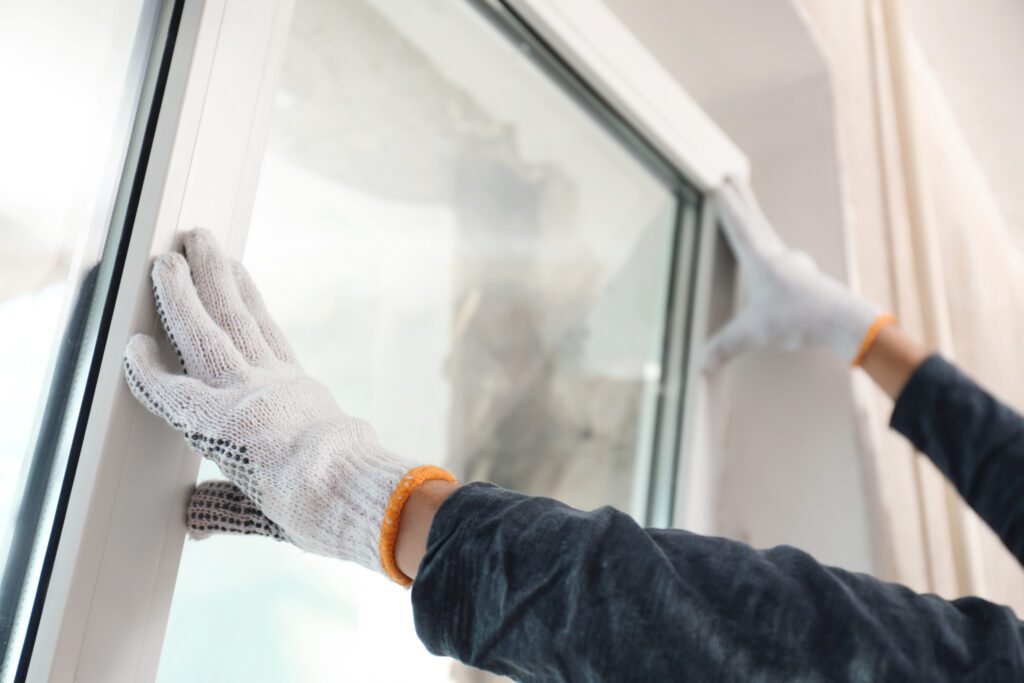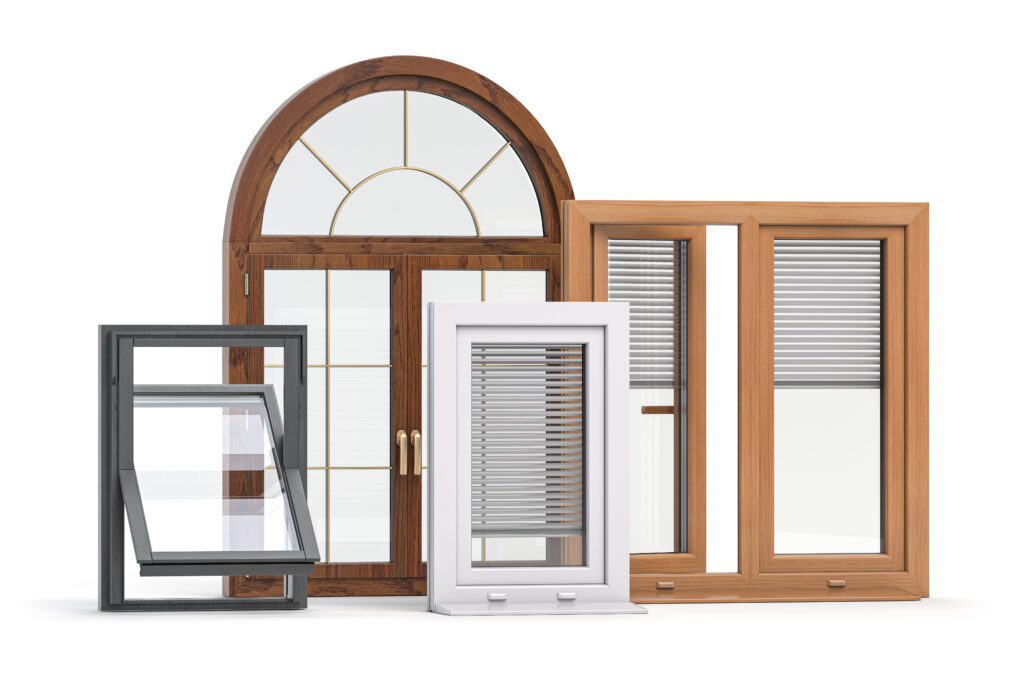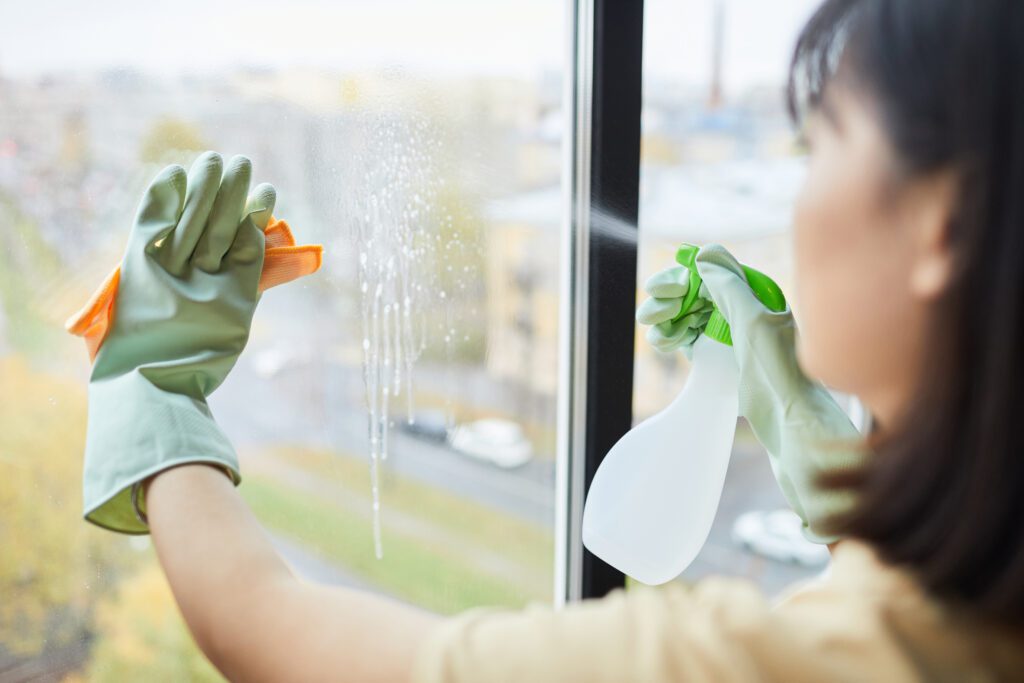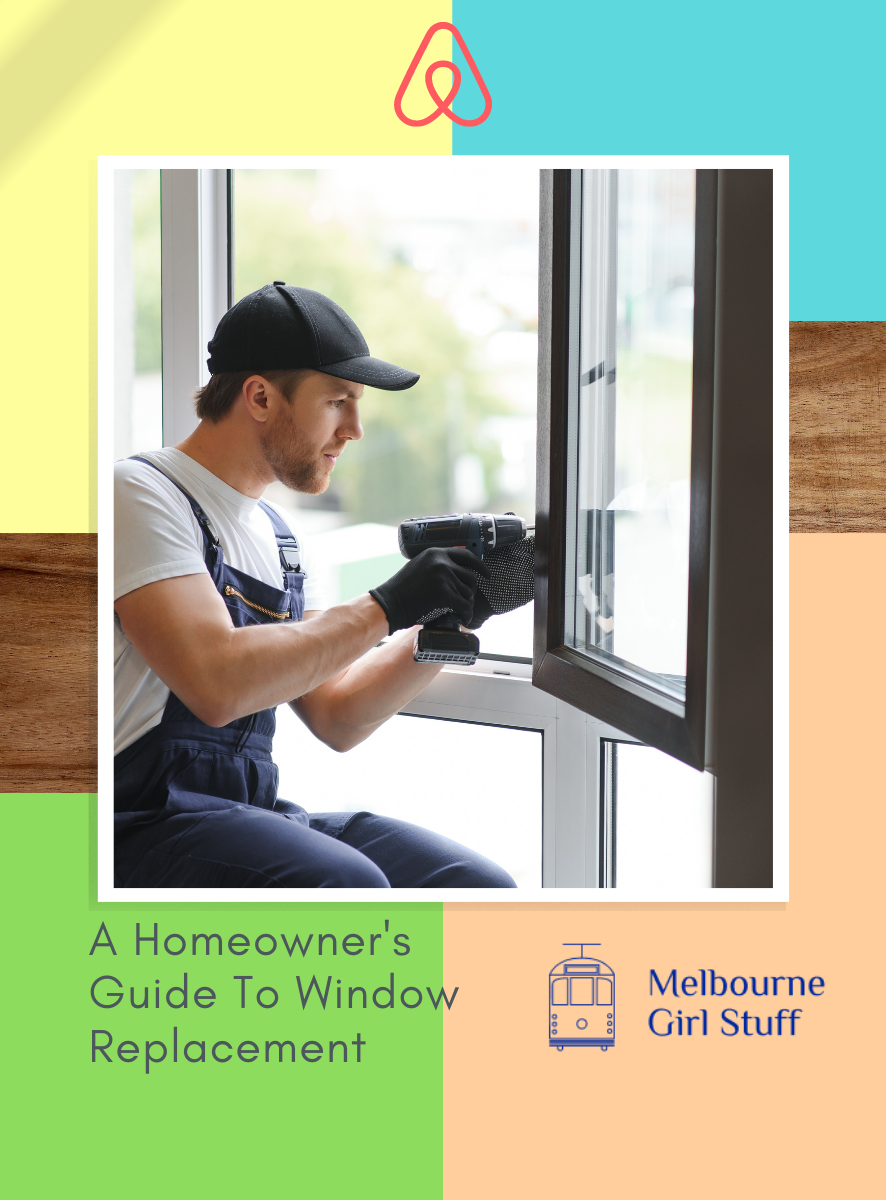Window replacement is more than just a cosmetic upgrade; it’s an investment in your home’s functionality, security, and efficiency. Recognizing when to replace your windows and understanding the various aspects of the process ensures that you’re making informed decisions every step of the way.
This guide dives deep into the key elements of window replacement, offering insights and tips that can transform the seemingly daunting task into a smooth, rewarding endeavour. Keep reading!
Recognizing The Need For Replacement

One pivotal step in window replacement is discerning when it’s time for an upgrade. Windows that have surpassed their prime can compromise not only the visual appeal of your home but also its efficiency. Spotting the signs early on ensures your home remains comfortable and secure.
Here are some signs your window requires replacement:
- Visible Damage: Visible damage, such as warping, cracking, or rotting frames, requires immediate attention.
- Functional Issues: If you’re facing challenges in opening, closing, or locking, it’s a sure sign of wear and possible need for repair or replacement.
- Energy Bills: Notice an unexpected surge in your energy bills? This could be hinting at inefficiencies in your window’s insulation.
- External Noise: A noticeable increase in external sounds entering your home is a red flag, suggesting weakened window barriers.
By tuning into these telltale signs, you can timely address potential window issues, enhancing your home’s longevity and appeal.
Choosing The Right Window Type

Embarking on a window replacement journey unveils a spectrum of styles, each offering distinct features and aesthetics. It’s essential to find a window type that complements both your home’s design and its functional demands.
Popular window types include:
- Double-Hung Windows: These have two operable sashes, allowing for versatile ventilation.
- Casement Windows: These hinge at the side and swing outward, providing maximum air circulation.
- Awning Windows: Hinged at the top, they open outward, making them ideal for letting air in, even during a light drizzle.
- Picture Windows: These large, stationary windows are designed to offer unobstructed views and an influx of natural light.
- Bay And Bow Windows: Protruding from the home, these add space and are often a combination of stationary and operable windows.
- Sliding Windows: These operate horizontally and are an excellent choice for wide openings.
By familiarizing yourself with each type’s attributes, you’ll be poised to select windows that enhance your home’s comfort, functionality, and curb appeal.
Evaluating Materials

In window replacement, material selection plays a pivotal role. It impacts not only aesthetics but also longevity, efficiency, and maintenance. Moreover, your windows’ material should align with your home’s architectural style and the region’s climatic demands.
The following are some of the materials commonly used for windows:
- Vinyl: Known for its affordability and low maintenance, vinyl also boasts good insulation properties.
- Wood: Revered for its classic appearance and natural insulation, wood does, however, require more upkeep.
- Aluminium: Lightweight and durable, custom aluminium windows offer modern aesthetics but can be less energy-efficient.
- Fibreglass: Resistant to warping and rotting, fibreglass mirrors the look of wood but with less maintenance.
- Composite: Combining wood and plastic, composite windows resist moisture and decay while offering strong insulation.
By understanding the characteristics and advantages of each material, you’ll be equipped to make a choice that’s both aesthetically pleasing and functionally sound for your home.
Selecting The Right Glass

Beyond the frame, the type of glass you choose for your windows plays a crucial role in factors such as energy efficiency, noise reduction, and safety. The contemporary market offers a diverse range of glass types, each tailored for specific needs and advantages.
Here are some of the popular glass types you can consider:
- Single Pane: Traditional and least expensive, but it offers minimal insulation and energy efficiency.
- Double Pane: It consists of two glass sheets with a gap in between, enhancing insulation and energy savings.
- Triple Pane: It has three glass sheets, providing maximum energy efficiency and noise reduction.
- Low-E Glass: Treated with a special coating, this glass reflects heat, making it ideal for maintaining indoor temperatures.
- Tempered Glass: It’s specially treated to be stronger and, when broken, shatters into small, safer pieces.
- Laminated Glass: It features a protective layer between glass sheets, offering added security and noise reduction.
Armed with knowledge about these glass types, you can prioritize your needs—whether energy savings, noise reduction, or security—and choose a glass that perfectly fits your home’s requirements.
Finding A Reliable Contractor

The success of your window replacement largely hinges on the contractor to whom you entrust the job. A skilled and reputable professional ensures a smooth transition from old to new, prioritising quality and longevity.
To steer your search in the right direction, consider the following:
- Recommendations Matter: Tap into your network for trusted referrals.
- Verify Licenses: Ensure potential contractors are licensed and adhere to industry standards.
- Read Testimonials: Explore online reviews for genuine feedback on their craftsmanship and professionalism.
- Seek Detailed Quotes: Transparent, itemized estimates can prevent unforeseen expenses.
Equipped with the right knowledge, your journey toward securing a proficient contractor will be both informed and effective.
Understanding Costs And Budgeting

Navigating the financial landscape of window replacement can be intricate, but with a clear grasp of costs and effective budgeting, you can prevent surprises. As you transition from planning to purchasing, keep a keen eye on both immediate and long-term expenses.
Here are some more tips to have a clear understanding of the costs and create a budget:
- Research Market Rates: Familiarise yourself with average prices for materials and installation in your area.
- Factor In Efficiency: While initial costs matter, energy-saving windows can offer returns through lowered utility bills.
- Gather Multiple Estimates: Solicit several quotes to gauge the spectrum of available prices.
- Anticipate Additional Fees: Be aware of potential added costs like disposal of old windows or any required repairs.
With a thorough understanding of these financial pointers, you can confidently approach window replacement without straining your finances.
Replacing The Windows

The crux of your window replacement project is the actual installation. This phase demands precision, ensuring your new windows fit perfectly, offer optimal insulation, and enhance your home’s aesthetic appeal.
To guarantee a smooth process, be guided by the following:
- Schedule Wisely: Choose a time when weather conditions are favourable, avoiding extremes of heat, cold, or rain.
- Prepare The Area: Clear the space around windows, both inside and out, to give contractors unobstructed access.
- Inspect Post-Installation: Once in place, check for proper operation, sealing, and alignment.
- Review Warranty Details: Understand the terms to ensure any future issues can be addressed without hassle.
Adhering to these streamlined steps will make the transition from old to new windows seamless, securing both functionality and aesthetic harmony.
Maintaining Your New Windows

Post-installation, the longevity and performance of your windows largely rests on regular maintenance. Moreover, routine deep-cleaning and proper care extend their lifespan and ensure they operate at peak efficiency.
As you embark on this upkeep journey, let these steps guide you:
- Routine Cleaning: Wipe down frames and clear glass of smudges or build-ups using appropriate cleaners based on material type.
- Monitor Seals: Check the sealing periodically to prevent drafts and energy inefficiencies.
- Lubricate Moving Parts: Ensure smooth operation by applying lubricant to tracks and hinges as needed.
- Address Issues Promptly: Don’t let minor damages linger. Address them early to prevent more significant problems down the line.
By integrating these maintenance tips into your routine, your windows will continue to beautify and protect your home for years to come.
Conclusion
Now that you’re equipped with this knowledge, approaching window replacement doesn’t have to be a chore. The right windows not only enhance your home’s beauty but also offer functionality and efficiency. Remember to prioritize your needs, research extensively, and seek professional advice when needed. Your home deserves the best, and with these insights, you can provide just that.

